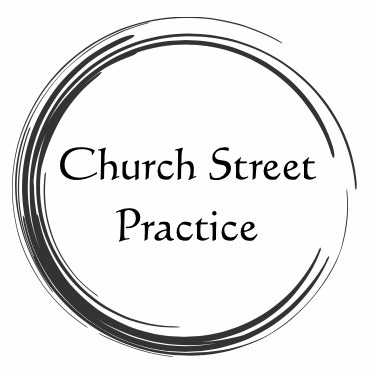The Caesarean Delivery and your baby
In the UK, 39.3% of births were by Caesarean Section in the year 2022/23.
44% of those were elected (pre-planned, usually at 38 or 39 weeks)
56% of those were emergency (reactive because doctors deemed it too risky to continue labour naturally) The Telegraph (2023)
Osteopaths have many decades of experience in treating babies using “cranial” techniques which are incredibly gentle, safe and effective in helping babies to release the normal strains and tensions associated with up to 40 weeks of pregnancy, labour and birth.
It has been shown that C-Section (Caesarean) babies have a higher incidence of tendency towards childhood infections (up to 5 years old) and a higher incidence of childhood asthma. Centre for Research (2023)
Although there might be several reasons for this, most important to osteopaths, is the fact that a baby born through the birth canal has its head and rib cage subjected to a natural degree of compression which stimulates good, efficient fluid dynamics in the skull but also squeezes the amniotic fluid out of the lungs in preparation for the first few breaths of life. This does not happen during a Cesarean delivery.
A C-Section baby is often born with residual fluid in the lungs which means that the first few breaths are against fluid resistance and therefore it is harder to establish good, strong, balanced diaphragmatic breathing.
Osteopaths feel this as tightness in the diaphragm (the main muscle of breathing which attaches around the lower ribs); they also find that these C-section babies tend to shallow breathe, making more use of their accessory muscles of the upper rib cage, causing a less efficient breath and more tension in the upper chest, neck and throat.
We also have found that they tend to have more mucus, are more snuffly and often have a slightly rattly chest.
The good news is that the human body is incredibly resilient and babies usually manage to resolve these issues without any outside intervention but it may take time and during that time, they can be restless, irritable and develop bad habits of breathing, feeding and sleeping. Osteopaths can speed up this process of readjusting and help babies become more relaxed and healthy.
Osteopaths can treat newborn babies from just a few days old and at anytime throughout their childhood development; musculoskeletal patterns associated with the birth are best treated as soon as possible but can be treated efficiently up to 5 years old and still helped in the years beyond.
Our team of osteopaths has a wealth of experience in treating babies and children. We treat babies who have had a vast range of birth experiences from C-Section, assisted deliveries (forceps and ventouse) and those naturally born but who have, for some reason, retained some degree of compression or misalignment from the birth process.
Midwives and health visitors often refer babies to us, born both naturally, by caesarean and with assistance, for symptoms such as:
Prolonged periods of distress – babies are difficult to settle.
Stiffness in the neck or shoulders.
Head turning more easily to one side.
Difficulty establishing easy relaxed feeding.
Slightly misshapen head.
Increased mucus - nasal and chest congestion.
On a first visit, we take a detailed case history, asking questions about your pregnancy, birth experience and various questions about how your baby is doing. We then do a gentle examination so that we can assess the different tensions and alignments in the whole body, particularly the head, rib cage and pelvis; this is because there is a large amount of cartilage within these bony structures which often retains pressure from being in utero or from the birth itself. After this, any findings are explained to you and how we might go about treating. Treatment itself uses the lightest of touch and most babies find it very comfortable.
Osteopathy for babies is based on the same principle as treatment for adults i.e. if the structure of the body (the bones, muscles, connective tissue etc.) is not in alignment and free of tension then the health and good function of the whole body is affected.
